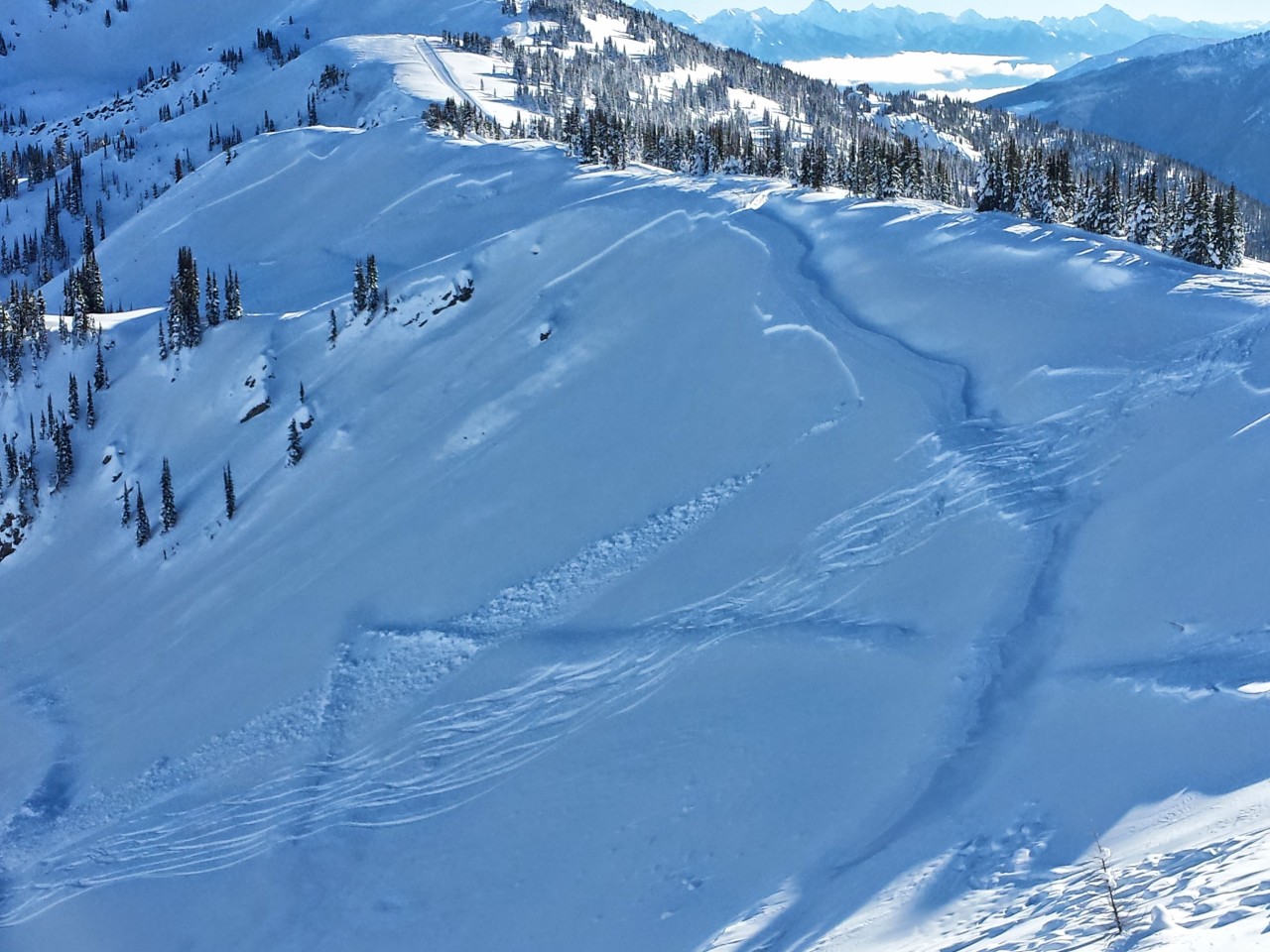7 Human Biases in the Backcountry and How to Avoid Them
We all share common traits as backcountry skiers: a passion for powder, the thrill of adventure, and the challenges of navigating unpredictable terrain. But there's something else we all share—our humanity. Human biases are an inherent part of our decision-making process, and while some biases can serve us well, others can lead us astray. In the backcountry, these biases can have real consequences. Recognizing and understanding these biases is the first step to avoiding their pitfalls.
Backcountry touring offers exhilaration and satisfaction, but it's also essential to be aware of our biases. Let's explore common human biases that affect backcountry skiers and splitboarders, along with examples of how they can manifest and what to do about them. By shedding light on these biases, we can learn to navigate the backcountry more safely and make informed decisions. The best approach is to arm ourselves with knowledge and travel with a group that values open communication and bias recognition.
1. Confirmation Bias:
| Description | Example | Avoidance |
| This bias leads skiers to seek information that confirms their existing beliefs while ignoring contradictory evidence. | Ignoring signs of deteriorating weather and avalanche conditions to chase the allure of untouched powder. | Actively seek out evidence that contradicts your beliefs. Consider alternative viewpoints to ensure a balanced assessment of the situation. |
2. Optimism Bias:
| Description | Example | Avoidance |
| Skiers under this bias tend to underestimate risks, believing that unfortunate outcomes are less likely to happen to them. | Disregarding avalanche danger warnings and venturing into risky terrain due to overconfidence. | Approach decision-making with caution and a realistic view of potential risks. Always assess hazards and trust your gut feeling when you feel something isn't right. |
3. Social Proof:
| Description | Example | Avoidance |
| People under this bias make decisions based on the actions of others, assuming that popular choices are safe. | Following a group onto a slope without evaluating avalanche risk independently, assuming safety due to the group's actions. | Make decisions based on your observations and assessments. Refrain from mindlessly following others; prioritize your safety. |
4. Self-Serving Bias:
| Description | Example | Avoidance |
| This bias leads skiers to attribute their successes to their skills while blaming failures on external factors, potentially leading to underestimated risks. | Overestimating one's own abilities and downplaying close calls as unpredictable occurrences. | Honestly evaluate your skills and experiences. Acknowledge mistakes and learn from them to improve decision-making. |
5. Anchoring Bias:
| Description | Example | Avoidance |
| Skiers influenced by this bias rely heavily on initial information, even if it's inaccurate, impacting their judgment. | Fixating on the avalanche bulletin and disregarding field weather and deteriorating conditions. | Stay open to new information and be willing to adjust your plans based on updated data. |
6. Normalcy Bias:
| Description | Example | Avoidance |
| Under this bias, skiers underestimate the severity of situations, assuming past conditions will persist. | Ignoring signs of potential avalanche hazards in an area that hasn't previously experienced avalanches. Most avalanche victims are caught in avalanches in terrain they have experience with. | Remain vigilant and responsive to changing conditions. Don't assume that past experiences guarantee future outcomes. |
7. Sunk Cost Fallacy:
| Description | Example | Avoidance |
| People influenced by this bias stick with a risky plan due to investments already made, even when signs suggest a change in direction. | Continuing a ski tour despite worsening conditions because of time already invested. | Ignore sunk costs—Reevaluate decisions based on current conditions rather than past investments. Prioritize safety over-commitment |
Visit Avalanche Canada and check out the Rescue at Cherry Bowl training video. This lesson is a great example of the sunk cost fallacy. It can be hard to adjust trip plans when you have traveled long distances and invested a lot of money. However, Mother Nature does not care how far you have traveled or what you have invested. It's an important lesson to communicate, speak up, and ensure everyone in the group understands the bulletin.
When you subscribe to the blog, we will send you an e-mail when there are new updates on the site so you wouldn't miss them.

